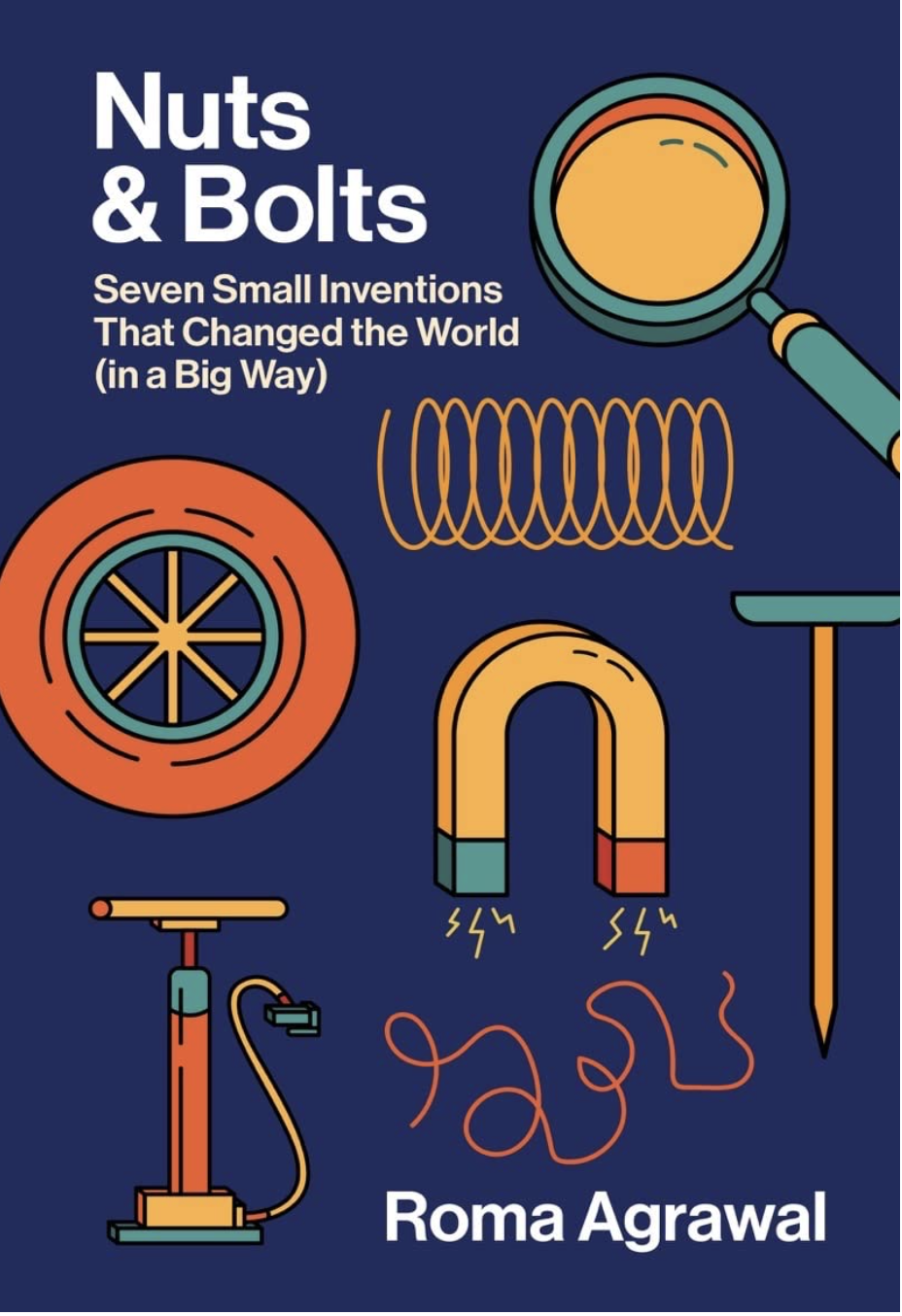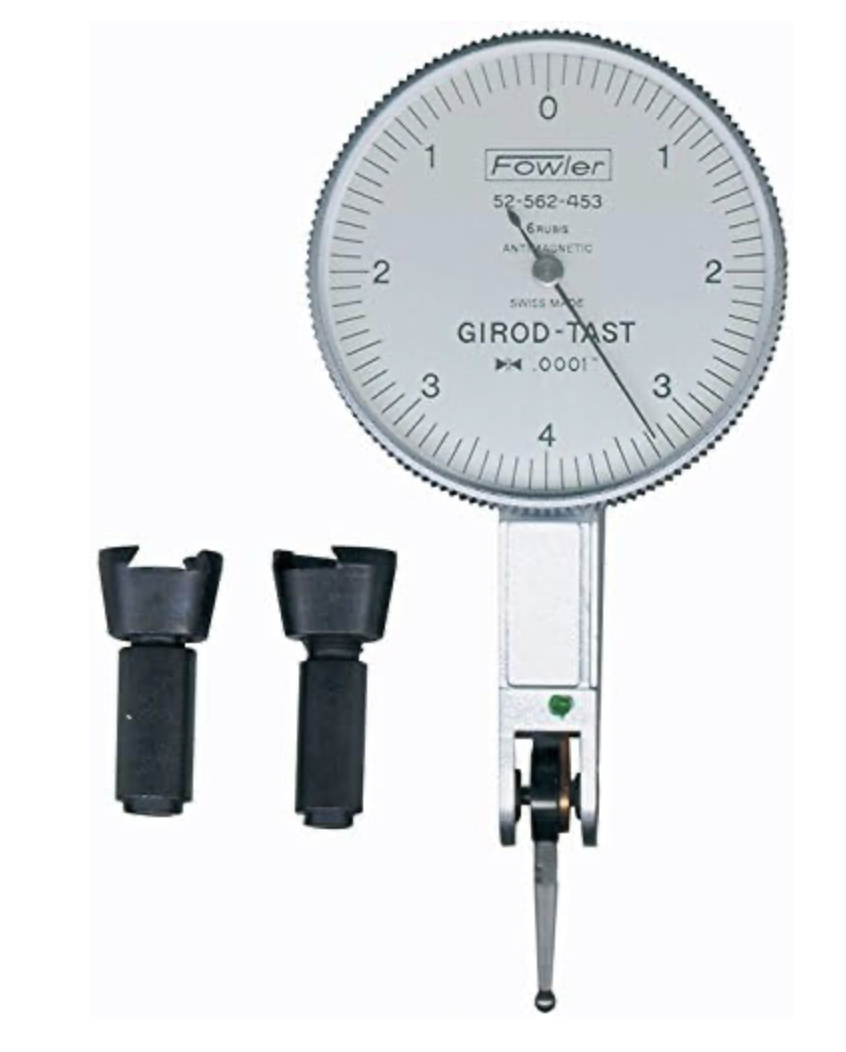Compac TESA P-Line and Mercer (Swiss)
M1.6 Test Indicator Contact Point
- Carbide .080" (2 mm) contact points came standard with new indicators.
- Although Compac indicators are no longer being sold under that name, we still have a supply of carbide and ruby contact points.
- TESA P-Line indicators use the same contact points as Compac.
Compac M1.6 Contact Points
Designed to be used with the following models:
- 214A
- 214GA
- 215A
- 215GA
- 224A
- 224GA
- 225A
- 225GA
- 234A
- 234GA
- 235A
- 235GA
- 245A
- 245GA

- L1 = .72"
- L2 = .575"
| Ball Ø | Dimension L1 | Compac No. | Price US$ | Order No. | |
|---|---|---|---|---|---|
| .015" | carbide | .72" | — | 24.50 | MTC25-01 |
| .031" | carbide | .72" | 18.66011 | 24.50 | MTC25-02 |
| .080" | carbide | .72" | 18.66005 | 24.50 | MTC25-05 |
| .120" | carbide | .72" | — | 24.50 | MTC25-07 |
| .040" | ruby | .72" | — | 35.50 | MTC25-08 |
| .080" | ruby | .72" | — | 35.50 | MTC25-09 |
| .120" | ruby | .72" | — | 35.50 | MTC25-11 |
Compac M1.6 Contact Points
Designed to be used with the following models:
- 213LA
- 213GLA
- 223LA
- 223GLA
- 233LA
- 233GLA

- L1 = 1.44"
- L2 = 1.30"
Compac M1.6 Contact Points
Designed to be used with the following models:
- 244A
- 244GA

- L1 = .675"
Compac M1.6 Contact Points
Designed to be used with the following metric models:
- 213
- 213G
- 215
- 215G
- 216G
- 223
- 223G
- 225
- 225G
- 233
- 233G
- 235
- 235G
- 242
- 242G
- 245
- 245G

- L1 = 18 mm
- L2 = 14.26 mm
Compac M1.6 Contact Points
Designed to be used with the following metric models:
- 212L
- 212GL
- 215GL
- 222L
- 222GL
- 232L
- 232GL

- L1 = 36 mm
- L2 = 32.26 mm
M1.6 Mercer Contact Point
Swiss made Mercer test indicators use the same contact points as Compac (shown on this page) because the indicators are identical. You can order any Compac contact point providing the length (L1) is the same. Use the chart below to determine the correct length for your particular models.
A word of caution: don't confuse these Mercer model numbers with the Interapid metric indicators, some of which have the same numbers (312-1 for example)! Although the Mercer models are all discontinued, you can still use the Compac points.
- Mercer 301-1 = .67"
- Mercer 302-1 = 18 mm
- Mercer 303-1 = .72"
- Mercer 304-1 = 18 mm
- Mercer 305-1 = .67"
- Mercer 306-1 = .67"
- Mercer 307-1 = 18 mm
- Mercer 310-1 = 1.65"
- Mercer 311-1 = 45 mm
- Mercer 312-1 = 1.44"
- Mercer 313-1 = 36 mm
- the Indicator Reference Guide
- the best of Mitutoyo on Amazon
- the best of Brown & Sharpe on Amazon
- the best of Starrett on Amazon
- the best of Fowler on Amazon
MITUTOYO
Good stuff at reasonable prices
Contact Us
Our Sales Terms
How to send repairs
Privacy: We do not collect any information while you are visiting this website unless you proceed to place an order. If you place an order, your information will be kept confidential and will not be sold or made available to any other entity. If one of our links leads to Amazon, their privacy statement should be considered.





